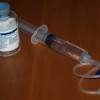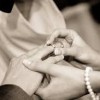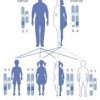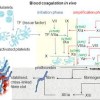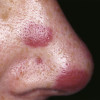The course of the epidemic of acquired immunodeficiency syndrome in the United States hemophilia population
Abstract
The time course of the epidemic of acquired immunodeficiency syndrome (AIDS) as it has occurred in the US hemophilia population is examined using surveillance data collected by the Centers for Disease Control (CDC). These data indicate that the epidemic course in hemophiliacs is distinguishable from that in the homosexual/bisexual and intravenous drug-using populations in at least one respect–the epidemic in the hemophilia population is characterized by a lack of consistent increase in the number of new AIDS cases in successive time intervals.… Read more
